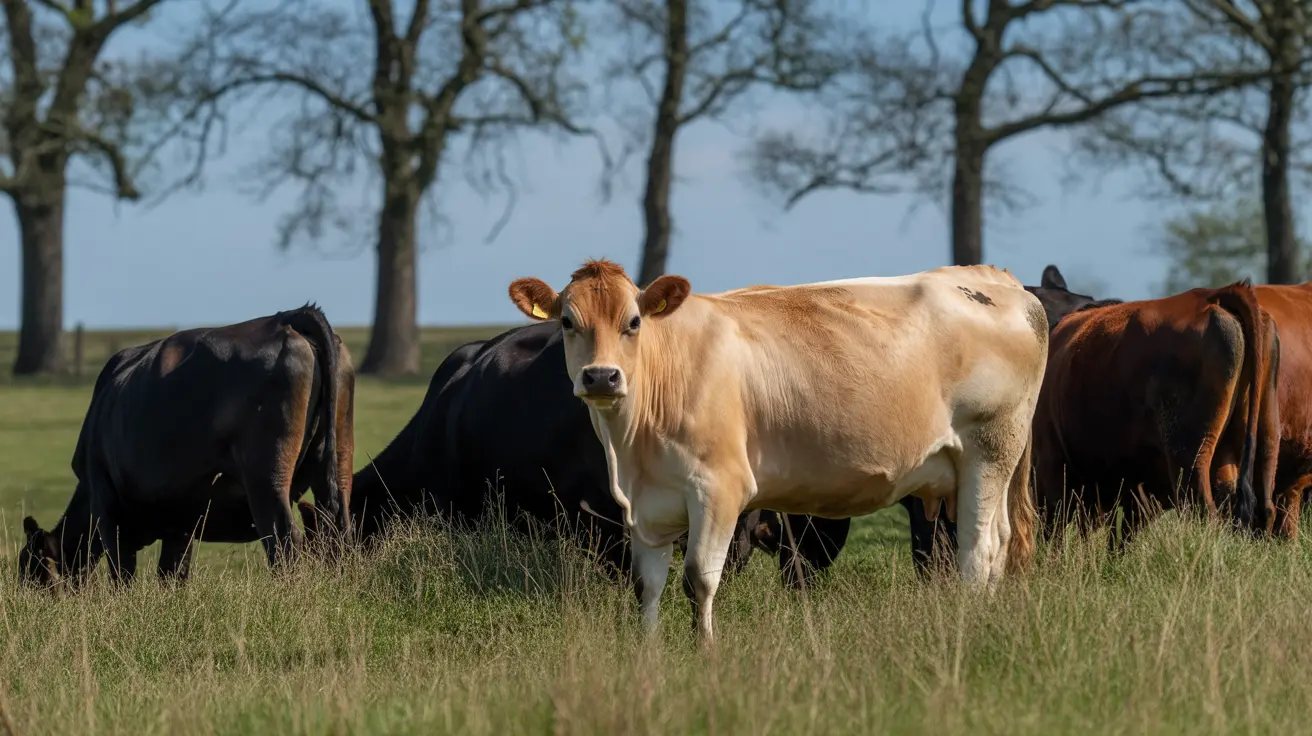Understanding the Origins and Ancestry of the Afghan Hound
The Afghan Hound is one of the most ancient and distinctive dog breeds in the world. Recognized by its long, silky coat, elegant posture, and dignified demeanor, the Afghan Hound has a rich history that traces back thousands of years. But what breeds make up the Afghan Hound? While it's not a mix in the traditional sense, understanding its ancestry involves looking at other ancient sighthound breeds that share a genetic lineage with it.
Basal Breed with Ancient Roots
The Afghan Hound is classified as a basal breed, meaning it emerged before the formation of most modern dog breeds. Genetic studies and historical records suggest that the Afghan Hound shares ancestry with several other ancient sighthounds. This places it among the oldest types of domestic dogs, adapted specifically to hunt by sight and speed in diverse and rugged terrains.
Sighthound Relatives and Associated Types
While the Afghan Hound is not a mix of recent breeds, it shares ancestral connections with other regional hounds:
- Saluki – Considered the closest relative, Salukis come from the Middle East and share a slim build and high-speed prowess with Afghan Hounds.
- Tazy – Found in Russia and Turkmenistan, this breed closely resembles the Afghan Hound in appearance and function.
- Taigan – Native to the Tian Shan mountain region, known for their endurance in high-altitude environments, similar to Afghan Hounds adapted to the mountains of Afghanistan.
- Barakzay or Kurram Valley Hound – Indigenous to the borders between Afghanistan and Pakistan, believed to have contributed to the genetics of the modern Afghan Hound.
These breeds likely existed in overlapping regions and climates, resulting in similarities ideal for hunting in mountainous and desert terrain.
Development of Modern Afghan Hound Strains
The modern breed as recognized today developed through a few distinct strains, each contributing to its contemporary look and behavior:
- Bell-Murray Strain – Originated from Balochistan, this variety exhibited a lighter coat and was better suited to steppe and desert terrains.
- Ghazni Strain – Emanating from Kabul, this type had a denser, thicker coat to withstand harsh mountain climates, giving the modern Afghan Hound its luxurious appearance.
Breeders in England during the early 20th century combined these strains to produce a dog both beautiful and functional, ideal for shows and companionship, resulting in the formal breed standard established in 1948.
Local Names and Cultural Connections
In its native Afghanistan, the breed is known by several names:
- Sag-e Tāzī (Persian)
- Tāžī Spay (Pashto)
- Balkh Hound
- Baluchi Hound
- Barakzai Hound
These regional names highlight the cultural and geographical spread of the breed across Afghanistan and neighboring regions.
Physical Characteristics
Afghan Hounds are known for their unique physical traits that link them to other sighthounds:
- Height: 61–74 cm (24–29 in)
- Weight: 20–27 kg (44–60 lb)
- Coat: Long, fine, and silky; requires extensive grooming
- Tail: Characteristically curled at the tip
- Distinctive Features: Prominent hip bones, long topknot, facial mask, “Mandarin” beard
Temperament and Intelligence
Afghan Hounds are renowned for their aloof and dignified nature, balanced with playful, almost clownish behavior in familiar settings. While extremely loyal, they are also independent, requiring patient training using positive reinforcement.
The breed ranks low in obedience intelligence, which reflects its strong-willed personality rather than a lack of capability.
Health and Lifespan
On average, Afghan Hounds live about 11.1 years. Common health concerns include:
- Hip dysplasia
- Chylothorax
- Allergies
- Cancer
- Progressive retinal atrophy
- Hypothyroidism
Regular vet checkups and health screening are essential for this breed, particularly for hips, eyes, and thyroid function.
Training and Care
Due to their independent nature and hunting instincts, Afghan Hounds need careful training and care:
- Exercise: At least two hours per day, including leash walks or secure off-leash play.
- Grooming: Brushing several times a week to prevent mats; regular bathing and cleaning of ears are important.
- Nutrition: High-quality, protein-rich diet appropriate to their age and activity level.
Conclusion
The Afghan Hound is not a hybrid of modern breeds but a result of centuries of natural and selective breeding among regional sighthounds. Its genetic lineage involves contributions from the Saluki, Tazy, Taigan, and other indigenous hounds, making it a living relic of canine history. From its majestic appearance to its unique personality, the Afghan Hound remains one of the most fascinating and elegant dog breeds in the world.





